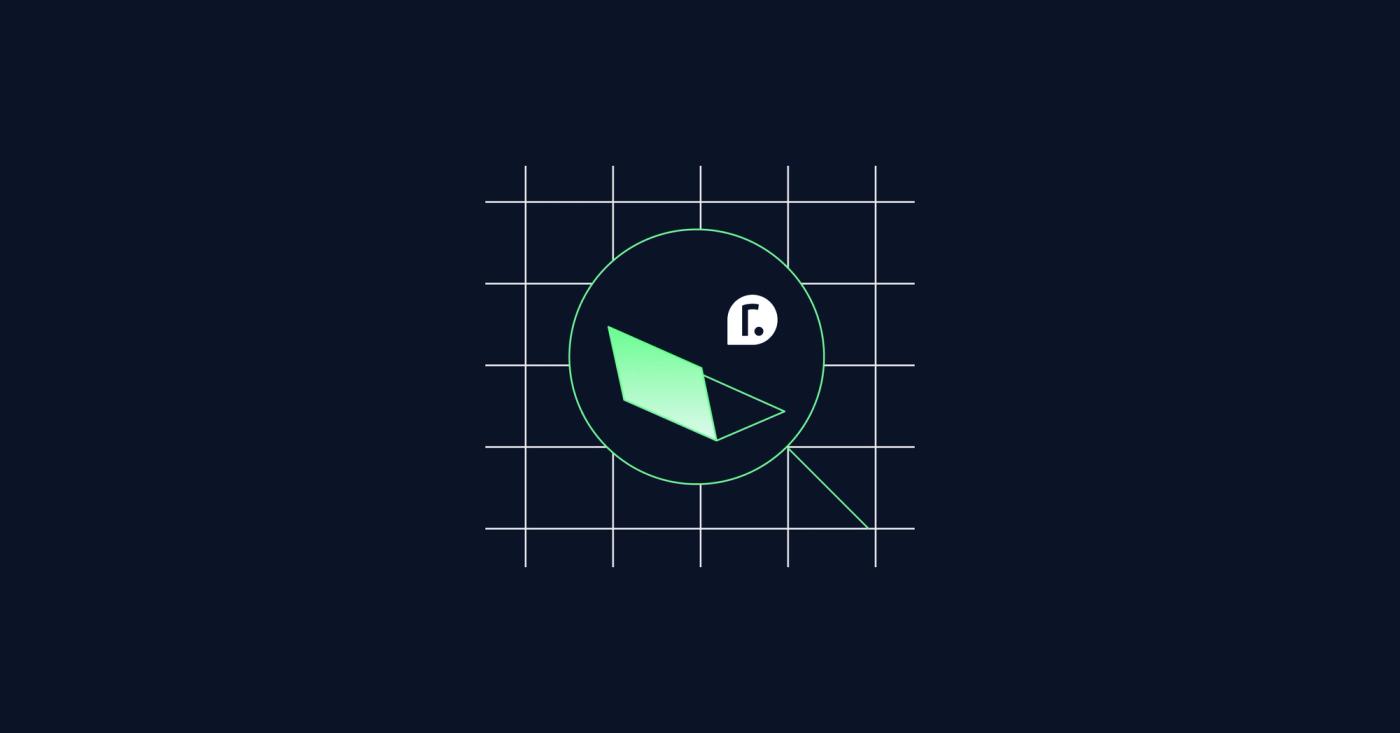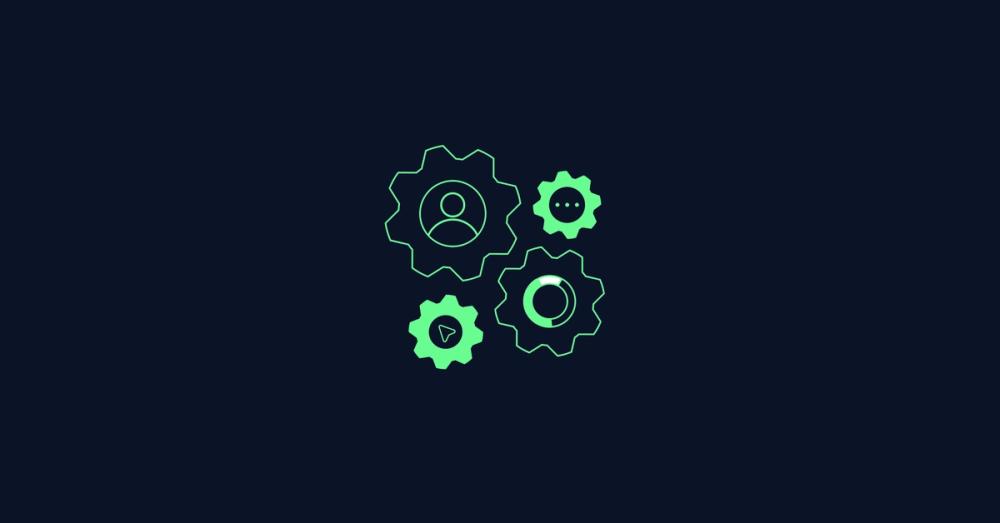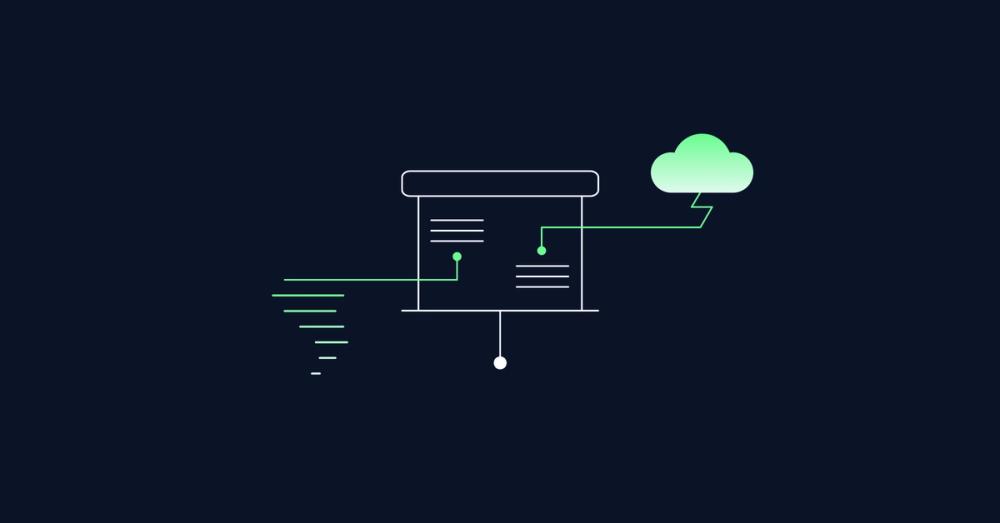How We Saved Thousands With Usability Testing: A Case Study
This post is part of a series
Unlock Success with Rapid Usability Testing
Usability Testing: The Basics
8′ reading timeHow We Saved Thousands With Usability Testing: A Case Study (currently reading)
8′ reading timeEssential Usability Testing Checklist for Your Business
3′ reading timeUncover 80% of Your Product’s Usability Issues with Just 5 Usability Tests
6′ reading time

Usability testing is a process that’s often misunderstood, undervalued, or overlooked. Some perceive usability testing as an unnecessary expense, a luxury reserved for large corporations with deep pockets. Others view it as a lengthy process that doesn’t provide immediate results that delays the launch of critical projects.
But this couldn’t be further from the truth. Usability testing is a powerful, cost-effective tool that uncovers invaluable insights about how users interact with your website. It’s a process that pays for itself many times over, as it helps to build a website that truly meets the needs of its audience. This will be proven in this case study.
The Challenge: A Rebrand for Relayr Link to this headline
Relayr is a pioneering company in the Industrial Internet of Things (IIoT) sector, providing innovative solutions that help industrial businesses transform their operations through advanced technology. With a focus on delivering measurable results, Relayr partners with companies to implement IoT solutions that drive efficiency, reduce downtime, and improve overall performance.
Their clients span across industries, including manufacturing, logistics, and energy, where the need for reliable, data-driven insights is critical.
Relayr had ambitious goals for their new website. They needed a platform that would not only showcase their cutting-edge technology but also align with their internal KPIs and marketing initiatives.
The stakes were high, as the website would be a crucial touchpoint for potential clients, investors, and partners.
One of the critical requests from Relayr was the inclusion of an ROI calculator. The idea was to provide a tool that could predict the return on investment for clients considering Relayr’s solutions. The team believed this feature would be a significant driver for conversions, giving potential customers a tangible reason to engage with Relayr’s offerings.
Wireframing : A Collaborative Effort Link to this headline
Before diving into development, we put considerable effort into creating detailed prototypes. These were put together from wireframes , minimal designs with detailed content mapped out in sections. One of the key benefits of this process was the ability to gather live feedback from the Relayr team. We could quickly iterate on designs, adjust content sections, and ensure that every aspect of the website aligned with their internal goals. This collaborative effort could happen in parallel and was crucial in ensuring that the project stayed on track and met the high standards set by Relayr’s marketing team.
One of the key benefits of this process was the ability to gather live feedback from the Relayr team. We could quickly iterate on designs, adjust content sections, and ensure that every aspect of the website aligned with their internal goals. This collaborative effort was crucial in ensuring that the project stayed on track and met the high standards set by Relayr’s marketing team.
The ROI Calculator: A Point of Contention Link to this headline
As development progressed, the ROI calculator emerged as a significant point of contention. The marketing team was confident that this feature would be a game-changer, but there were concerns within the team about its effectiveness. The question was: would potential clients actually trust an ROI prediction made by an online tool?
To resolve this internal conflict, we turned to usability testing with real clients.
Usability Testing: Uncovering User Insights Link to this headline
We conducted several rounds of usability testing with potential Relayr customers. The goal was to understand how users interacted with the website, particularly the ROI calculator, and to identify any pain points or areas of confusion.
The results were eye-opening. While users found the concept of an ROI calculator interesting, they expressed skepticism about its accuracy. Many felt that an online tool couldn’t provide a truly reliable ROI prediction, as there are too many variables that can affect the outcome. Instead of feeling reassured by the calculator, users felt that it was too speculative, and this diminished their trust in the tool.
This feedback was crucial. It highlighted a significant disconnect between the internal expectations and the actual needs and perceptions of the end users. The usability testing revealed that the ROI calculator, while well-intentioned, was unlikely to achieve the desired outcome of driving conversions. In fact, it might have had the opposite effect by introducing doubt rather than confidence.
The Resolution: Data-Driven Decision Making Link to this headline
Armed with these insights, we presented the findings to the Relayr team. The usability testing results provided a clear, evidence-based argument against the inclusion of the ROI calculator in its proposed form. Instead of pushing forward with a feature that users didn’t trust, we worked with the Relayr team to explore alternative ways to communicate the value of their solutions.
One approach was to focus on case studies and testimonials that showcased real-world examples of ROI achieved by existing clients. This strategy provided potential customers with concrete evidence of Relayr’s effectiveness, which was far more persuasive than a speculative calculator.
The Financial Impact: Saving Thousands Link to this headline
The decision to pivot away from the ROI calculator didn’t just improve the user experience; it also had a significant financial impact. By avoiding the development of a feature that users didn’t find valuable, Relayr was able to save thousands of euros in development costs. Additionally, the more streamlined website reduced the ongoing maintenance and hosting costs associated with more complex features.
In total, this decision saved Relayr an estimated €20 000 - €30 000 per month, which adds up to substantial savings over the lifetime of the website. More importantly, the website now better meets the needs of its users, which is likely to lead to higher conversion rates and a greater return on investment overall.
The Case for Usability Testing Link to this headline
This case study highlights the critical role that usability testing plays in the web development process. Without usability testing, Relayr might have moved forward with the ROI calculator, investing time and resources into a feature that didn’t resonate with their audience. Instead, usability testing provided the data needed to make informed decisions that not only improved the user experience but also saved the company money.
For any business considering a website redesign or development project, usability testing should be a non-negotiable part of the process. It’s not just about avoiding costly mistakes; it’s about ensuring that your website truly meets the needs of your users. In the end, a user-centric website is far more likely to achieve your business objectives, driving conversions, and delivering a strong return on investment.
Frequently Asked Questions Link to this headline
Is Usability Testing Expensive and Time-Consuming?
Contrary to common misconceptions, usability testing is a cost-effective tool that pays for itself many times over. While it may seem like an added expense or a lengthy process, the insights gained from usability testing can prevent costly mistakes and ensure that your website is user-friendly and effective.
What Are the Benefits of Usability Testing for My Business?
Usability testing helps identify areas where your website may not align with user expectations, allowing you to make data-driven decisions. This can result in significant financial savings, improved user trust, and a higher return on investment by ensuring that your website truly meets the needs of its users.
How Can Usability Testing Influence Website Features?
Usability testing can reveal how users perceive and interact with specific features, such as an ROI calculator. If a feature doesn't resonate with users, as was the case in this study, usability testing provides the evidence needed to make informed decisions about whether to refine or remove it, ultimately leading to a more effective and user-centric website.


